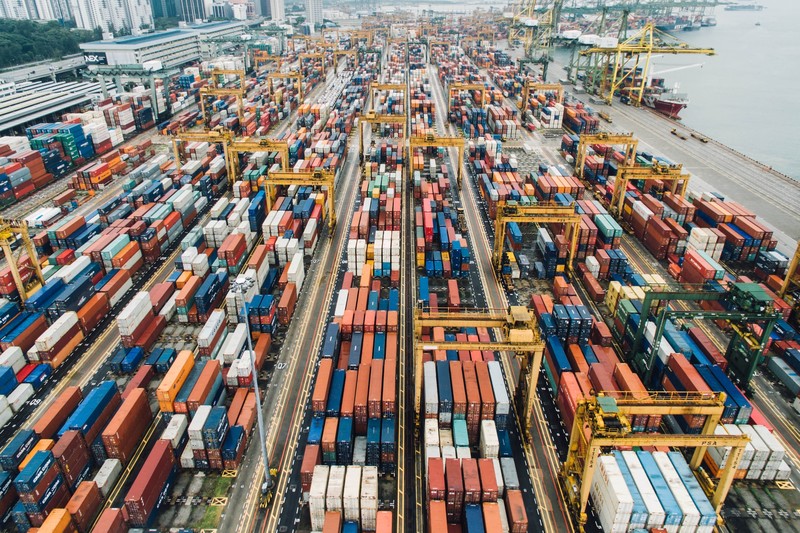The sun is up, the birds are chirping, and maybe—if you look at a few key prices—the world’s battered supply chain is beginning to heal from the shock of the pandemic and war in Ukraine.
Driving the news: Recent data suggest that some critical parts of global supply chains are functioning better than they have in years.
- Shipping: 50% of congestion in ocean freight has been resolved, according to a report published by Sea-Intelligence last week, and should be fully cleared by March. That’s showing up in prices, with the cost to ship a container across the Pacific down almost 90% from last year’s high.
- Food: The United Nations’ index of world food prices fell in September, the sixth consecutive month it has declined since peaking in March after Russia’s invasion of Ukraine, and Bank of Canada Governor Tiff Macklem said he believes food inflation would come down soon.
- Cars: It’s becoming easier to get your hands on a vehicle (new or used), as demand falls and supply chain issues resolve. In the US, total automotive inventory is at its highest level since May 2021, and new vehicle sales in Canada dropped over 10%, according to the most recent data.
- Lumber: The price of this important commodity has fallen back to pre-pandemic levels, thanks in part to sawmills resuming normal operations and consumer demand receding for home renos receding.
Yes, but: A return to normalcy in the supply chain won’t show up in most prices you pay for a while to come—in many cases, those are driven by contracts signed between suppliers and retailers months ago.
- Costco CFO Richard Galanti told The Wall Street Journal the retail giant would not yet be lowering prices for shoppers due to this factor and higher labour costs.
There’s also the not-so-small matter of energy prices, which rose last week after OPEC+ cut oil production and are particularly vulnerable to possible shocks (like a sudden escalation of the war in Ukraine).
- A big jump in the cost of energy could cause some supply chains to break down again, and high prices in Europe have already forced some producers to suspend operations.
Bottom line: There’s good supply chain news for the first time in a long time, but plenty of risks and dangers ahead that could undermine all the progress that’s been made.
